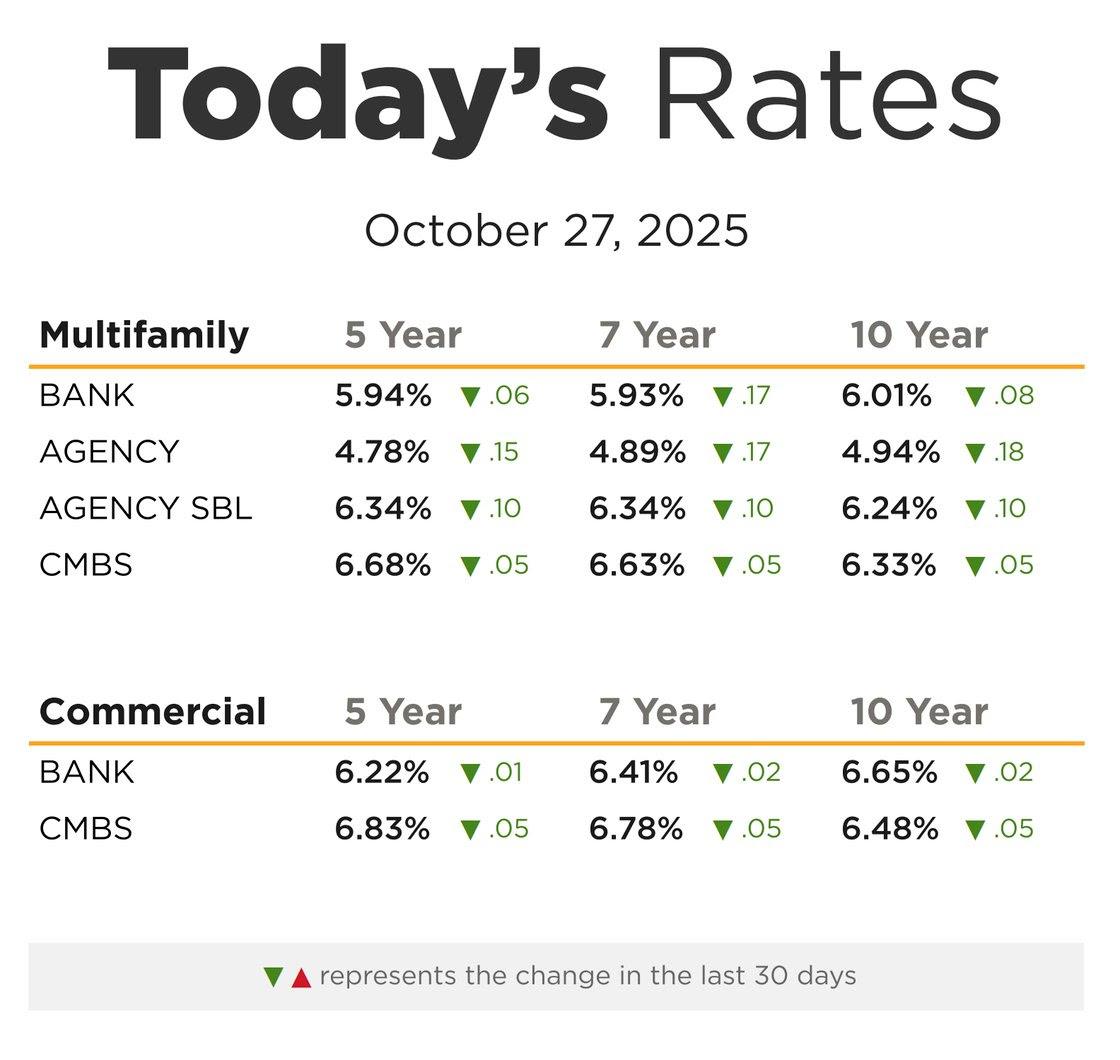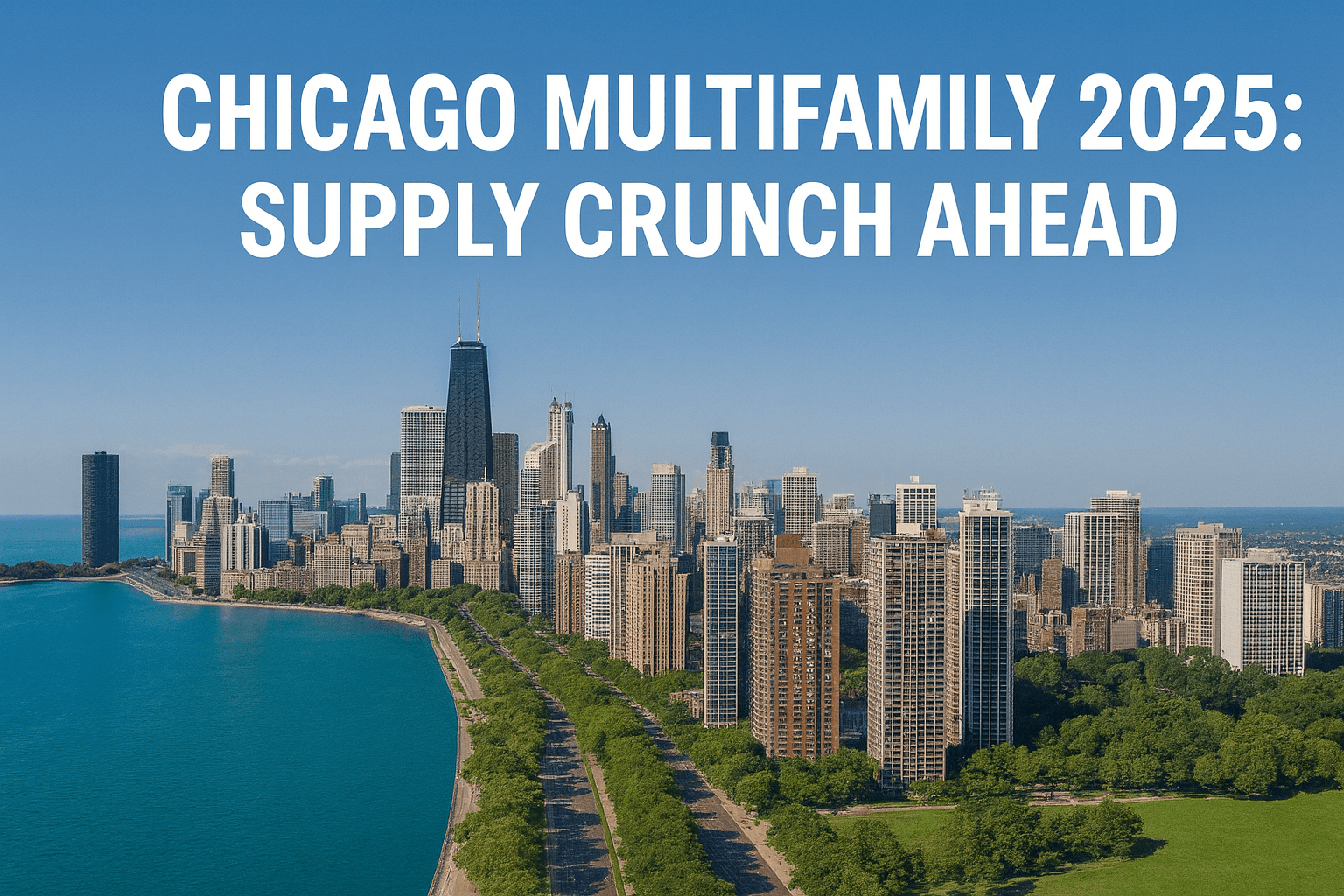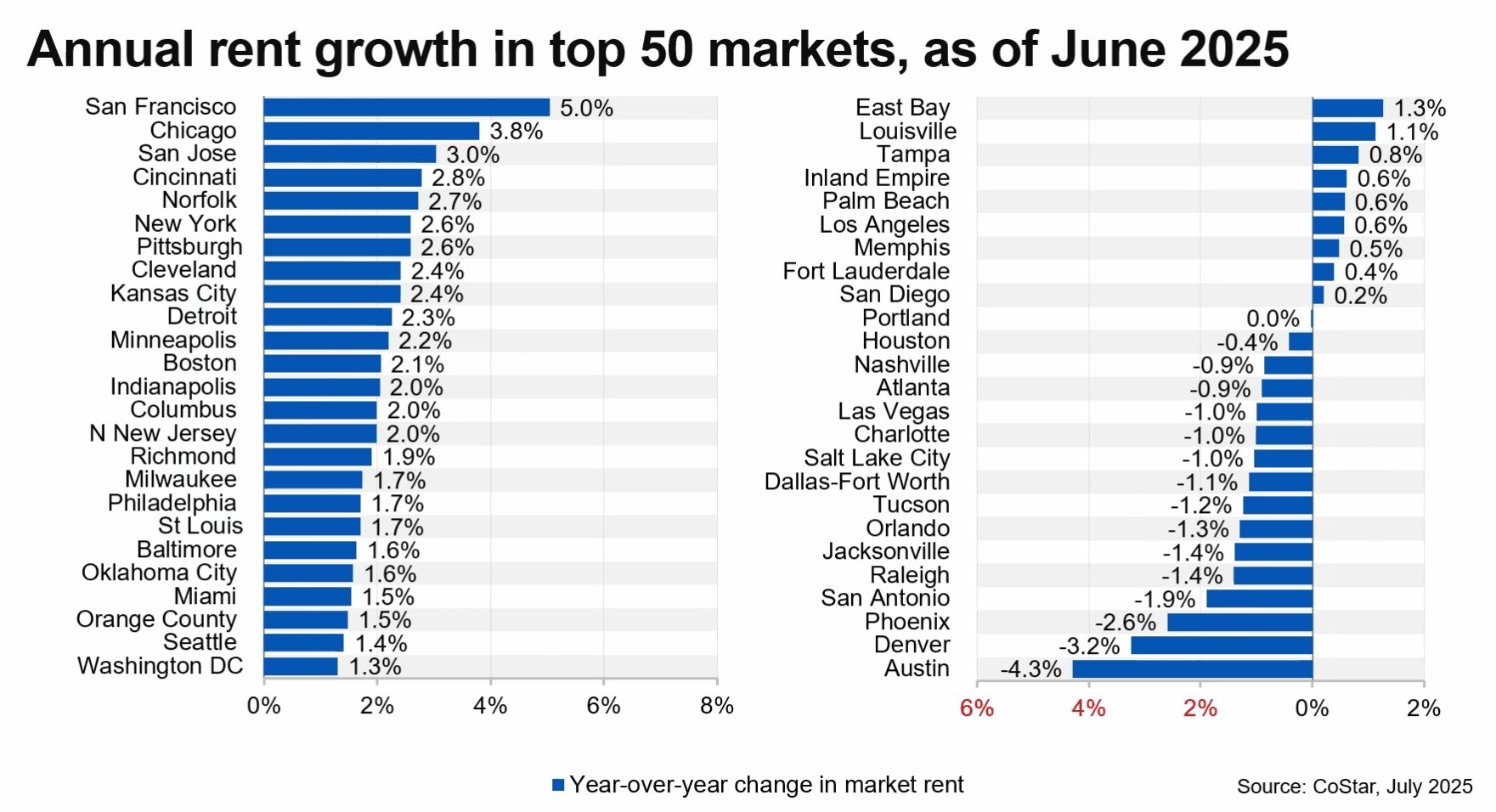Picture kicking off a morning jog along Lake Michigan, feeling the rising pulse of a metropolis in flux. Who could have guessed the Chicago rental market in 2025 would become one of the hottest in the nation, outpacing even our coastal cousins? In 2025, Windy City’s often-overlooked neighborhoods and skyscrapers alike are turning heads—and wallets—as demand surges, new construction slows, and investors scramble to get in on the action. If you think you know Chicago’s rental story, think again. Let’s peel back the layers behind the numbers, quirks, and untold stories shaping this city’s rental renaissance.
Population Surges and Surprises in the Chicago Rental Market 2025
Chicago’s apartment market is experiencing a remarkable shift, driven by a surge in population and a changing renter profile. Over the last two years, the city welcomed more than 100,000 new residents. This influx has supercharged housing demand and put significant pressure on the Chicago apartment market, leading to some of the lowest vacancy rates the city has seen in years.
What’s fueling this boom? A closer look reveals that many of these newcomers are younger professionals and remote workers. The Chicago rental market in 2025 benefits from the city’s relative affordability, especially compared to coastal cities. For those priced out of New York or San Francisco, the Windy City offers a compelling mix of urban amenities and manageable rent.
The impact on the rental market has been immediate and dramatic. In the six months leading up to the first quarter of 2025, net absorption exceeded 7,300 units—outpacing the number of new apartments delivered during the same period. This rapid uptake has left many would-be renters scrambling. In fact, it’s not uncommon to hear stories of renters being outbid on multiple apartments, even in neighborhoods that once favored tenants. Edgewater, for example, has seen fierce competition.
Across the city, vacancy rates are dropping sharply. Of Chicago’s 20 tracked submarkets, 10 posted triple-digit basis-point declines in vacancy over the past year. Hotspots like Aurora, the Far Northwest, and the Loop-West Loop-Fulton Market are seeing especially tight conditions.
Both Class A apartments and Class C apartments are benefiting from this demand surge. Class A vacancy fell by 110 basis points to 5.0%, while Class C vacancy dropped to just 3.2%—the lowest among major Midwest markets. Rent growth is robust across the board, with Class A properties seeing a 6.8% increase and Class C properties up 4.4%.
What’s more, the supply pipeline is tightening. With only 4,200 new units expected to come online in 2025—a nearly 50% drop from the decade average—competition for available apartments in the Chicago rental market in 2025 is likely to intensify. This limited supply, combined with strong demand, is expected to keep vacancy rates low and rents on an upward trajectory throughout the year.
Rent Growth & Competitive Leasing in the Chicago Rental Market 2025
Chicago’s rental market is making headlines for all the right reasons. In 2025, the city is leading the nation in rent growth, outpacing traditional hotspots like New York and Los Angeles. The average effective rent in Chicago jumped by 5.5% year-over-year, a figure that stands out among major U.S. metros.
This growth spans all segments of the Chicago rental market in 2025. Class A rents climbed 6.8%, while Class C apartments posted a 4.4% increase. Even Schaumburg saw its average rent rise by 7.6%, and suburbs like South Cook County posted gains as well. The citywide average effective rent is projected to reach $2,160 per month this year.
Construction Slowdown & the Chicago Investment Shift
Chicago’s multifamily market is entering a new era in 2025, shaped by a dramatic construction slowdown and a surge in local investment. According to recent supply forecasts, only 4,200 new apartment units are expected this year—about 50% below the city’s average over the past decade. This lack of new supply is reshaping the Chicago rental market in 2025.
As demand remains strong, local investors are targeting affordable, smaller properties in peripheral submarkets. Class C walk-ups on Chicago’s South Side are seeing increased activity thanks to high yields and relative affordability.
Rent Control Uncertainty in the Chicago Rental Market 2025
While rents climb at a record pace, the threat of rent control remains a wild card. Though currently prohibited in Illinois, rising costs are sparking renewed calls for regulation. Investors and residents alike are keeping an eye on how policy shifts could affect the Chicago rental market in 2025.
Sources: National Multifamily Housing Council, City of Chicago Housing Department
Receive Market Insights
Periodic analysis on rents, pricing, cap rates, and transaction activity across Chicago and key suburban markets.



